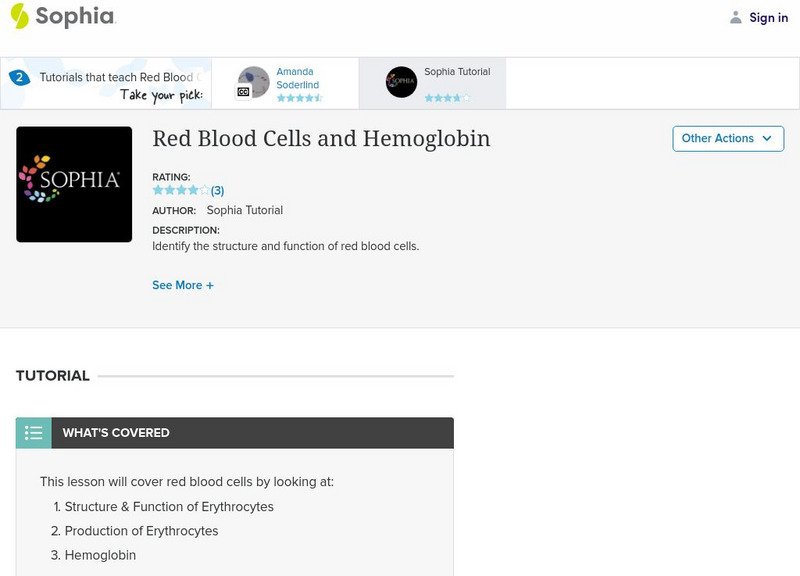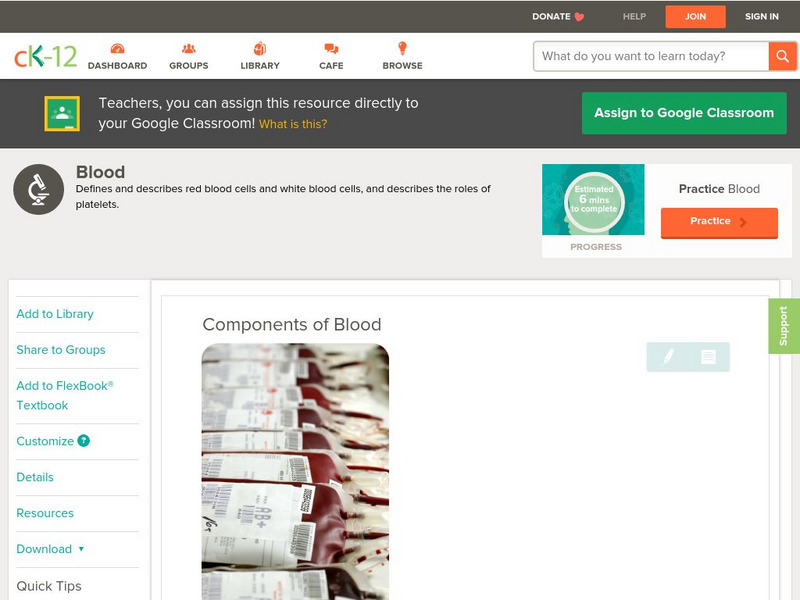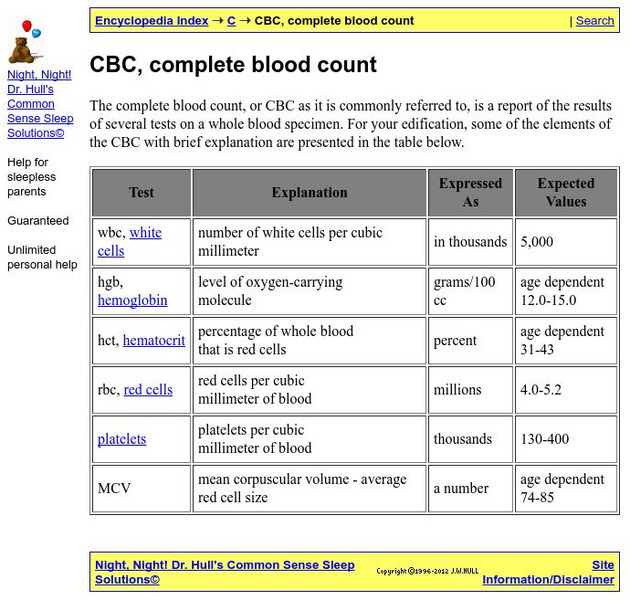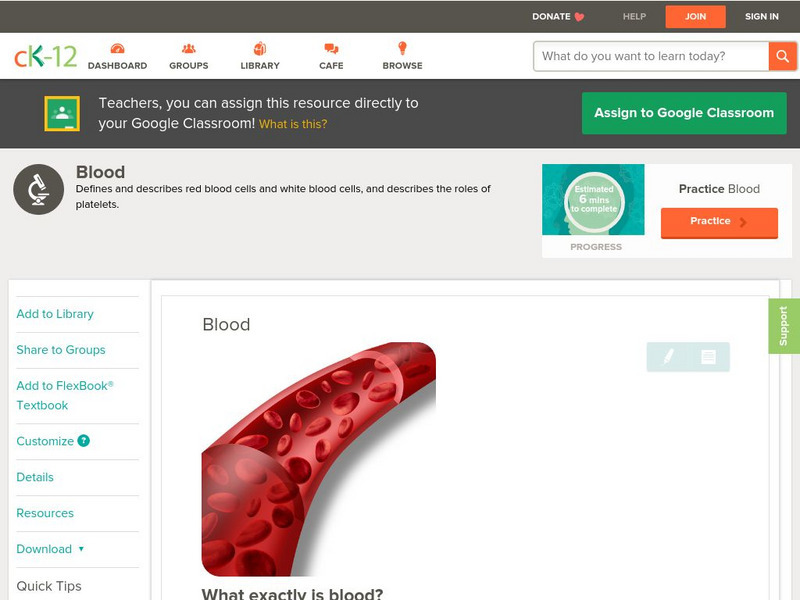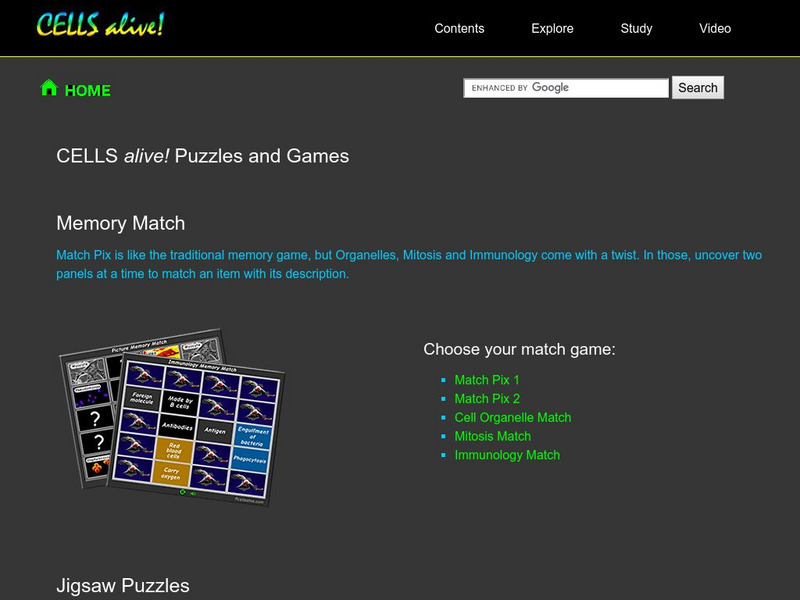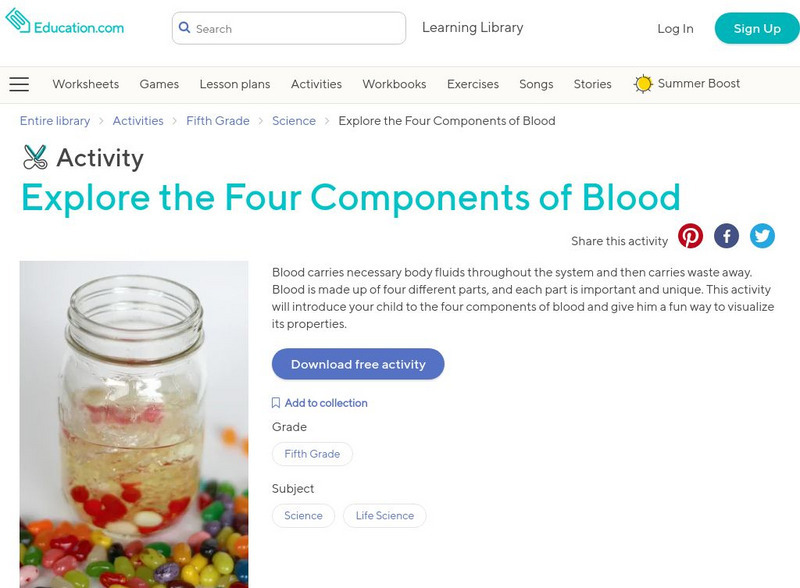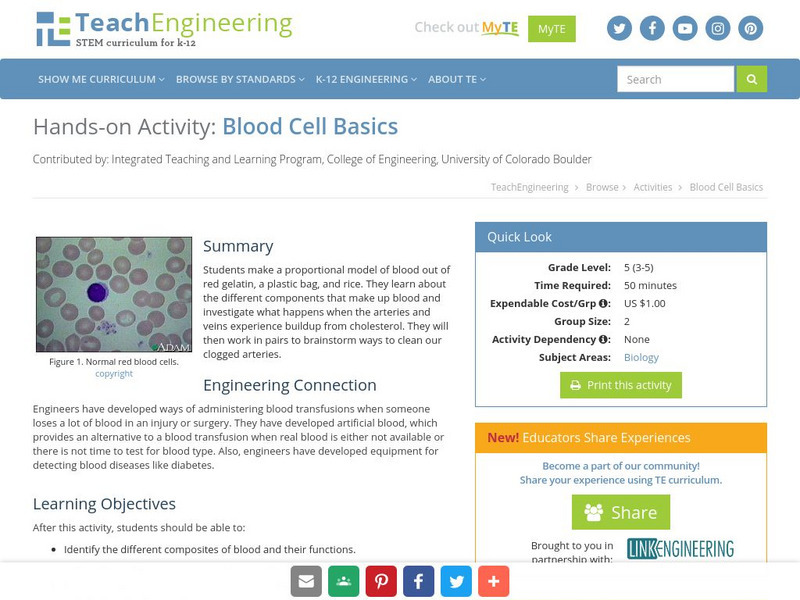Curated OER
Skeletal, Skin, and Muscular Systems
Eighth graders explain the functions of various body systems. Using a concept map, 8th graders identify and explain the fuctions of the skeletal, skin, and muscular systems of the body. After completing their concept map, students...
Curated OER
Staying Healthy
In this nutrition worksheets, learners solve 6 word scrambles, 4 riddles, and complete 2 word puzzles about diet and nutrition.
Curated OER
Immune System Function
Students study the different facets of the Human immune system, including the functions of all the different organs in the immune system.
Curated OER
Take A Heart Hike
Students investigate the functions of different body systems. They conduct research about the major body systems to attain information. The teacher prepares the room for the lesson. Students walk and talk through each major system as...
Curated OER
The Natural World
In this nature worksheet, learners complete the sentences about nature by choosing the correct words. Students complete 11 sentences total.
Curated OER
DNA Fingerprinting
Students experiment with chromatography as a technique which is similar to electrophoresis that scientists use to identify DNA samples.
Wisc-Online
Wisc Online: Learning Activity: Red Blood Cells
Fun site that teaches users about what red blood cells are and what they do. Provides users with interactive pictures of terms mentioned.
Other
Fun Science Gallery: Let's Observe the Red Blood Cells
A brief overview of red blood cells accompanies a blood smear observation experiment. Includes drawings and photographs to aid in understanding.
Sophia Learning
Sophia: Red Blood Cells and Hemoglobin
This lesson will examine the structure and function of red blood cells (i.e., erythrocytes), how new red blood cells are produced, and the role of hemoglobin in transporting oxygen.
Other
American Red Cross: White Blood Cells
Site provides users with a brief description of what white blood cells are and what they do. Contains links to plasma, platelets, red blood cells as well as types of blood cells.
PBS
Pbs Learning Media: Sickle Versus Normal Cell
Background image of normal disc-shaped red blood cells from the University of Utah. Inset shows sickled red blood cells, curved and rigid, from the Virginia Medical College.
WebMD
Web Md: Complete Blood Count (Cbc)
This site from WebMD provides an extremely detailed description of a complete blood count, how it is taken, what it measures, and what the results tell you. Links to important terms within the text and a chart that shows average amounts...
Palomar Community College District
Palomar College: Blood Components (Tutorial)
This review of what makes up human blood is easy to read and understand. There are guides to pronunciation and glossary links as well as a self quiz to check your understanding.
CK-12 Foundation
Ck 12: Life Science: Components of Blood
[Free Registration/Login may be required to access all resource tools.] Did you know that blood is a tissue? Blood is a fluid connective tissue that is made up of red blood cells, white blood cells, platelets, and plasma. Learn more...
Exploratorium
Exploratorium: Microscope Imaging Station: Blood Cells
This colorful site provides a gallery of blood cell photos. You can observe human white blood cells, human red blood cells, sheep red blood cells, and zebrafish red blood cells. As an added bonus, you can enlarge the red blood cell...
Other
Dr. Hull: Parents' Common Sense Encyclopedia: Cbc, Complete Blood Count
Chart giving the normal ranges in a complete blood count or CBC. Looks at white blood cells, hemoglobin, hematocrit, red blood cells, platelets, and average red cell size. Click on highlighted terms for more information about them.
Khan Academy
Khan Academy: What Causes Red Blood Cells to Sickle?
The resource from Khan Academy and the Association of American Medical Colleges provides study content for the MCAT. This resource provides questions related to the structure and characteristics of hemoglobin proteins.
CK-12 Foundation
Ck 12: Biology: Blood
[Free Registration/Login may be required to access all resource tools.] Defines and describes red blood cells and white blood cells, and describes the roles of platelets.
Khan Academy
Khan Academy: What's Inside Blood?
An explanation of blood from the time it is drawn from the arm to its centrifugation to an analysis of the three components of plasma, white blood cells, and red blood cells.
Cells Alive
Cells Alive!: Puzzle Page
Try your hand at these interactive jigsaw puzzles while studying cell biology. Put together images of animal and plant cells, red blood cells, streptococcus, and naphthalene.
Education.com
Education.com: Make Plasma Soup and Explore the Components of Blood
[Free Registration/Login Required] Allow students to visualize blood and its components by making this plasma soup. Discuss plasma, red blood cells, white blood cells, and platelets with this model of blood.
TeachEngineering
Teach Engineering: Blood Cell Basics
In this lesson students learn about the circulatory system and how it relates to engineering. Then in a hands-on activity they create a model of blood. Students also act out cholesterol in a blocked artery and look at blood cell in a...
OpenStax
Open Stax: Anatomy & Physiology: An Overview of Blood
Find out about the characteristics and components of blood with informational text, diagrams, examples, and review questuons.
Other
Psbc: Introduction to Hematology
This well-illustrated overview of blood biology examines the development and function of each of the different types of blood cells. Features include an assessment test.
Other popular searches
- Red Blood Cells Slide
- Red Blood Cells Micro
- Red Blood Cells Microscopy
- Counting Red Blood Cells
- Muscle Red Blood Cells
- Frogs Red Blood Cells










